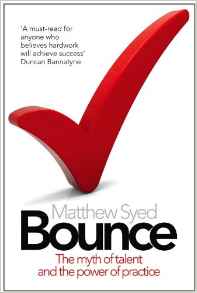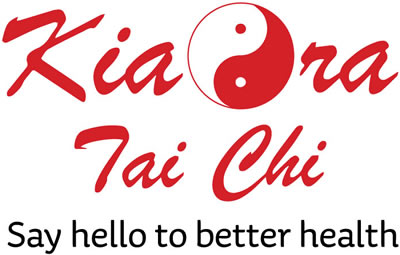Better tai chi: magic or practice?

Wish you had a magic wand?
Do you wish you had a magic wand so you could be better at tai chi? Do you believe that your lack of coordination will hold you back or that you’re not ‘naturally gifted’?
The truth is out – you don’t have to be genius or gifted at all. And, you don’t need magic, either. It turns out that what our mothers always said is actually right: Practice makes us better.

“Bounce” by Matthew Syed
I’ve been reading a great book on this topic by three-times Commonwealth table-tennis champion, Matthew Syed. Matthew explores what it takes to be successful in sport (and in life) in his book: Bounce: the myth of talent and the power of practice He proves that effort and sustained purposeful practice brings excellence.
So, how do you practice ‘purposely’? Here are some ideas:
- Set a regular tai chi practice time each day. It doesn’t matter what time of the day, just do it when it is the BEST time for you. If you have arthritis or are stiff, you will know when your joints are their best.
- Make a start, even if you only have a few minutes at that time. 5 minutes is better than nothing, as long as you warm up. 10 minutes is better than five. 20 minutes is ideal. It is better to practice every day than to have longer tai chi workouts for only two or three times a week.
- Start with the warm-up exercises or the Qi Gong breathing exercises.
Some students tell me they don’t like to practice in case they get it wrong. Here are more ideas to help:
- Everyone is different: age, body shape and some may have health issues or injuries. There are many different ways to do tai chi and never one perfect way.
- After the warm-up, do the tai chi form or moves you know best. Go over these several times and for as long as you as you feel comfortable. If you feel any pain, please stop immediately.
- Follow the essential tai chi principles: http://taichiforhealthinstitute.org/essential-tai-chi-principles-2/
- Follow along with a teaching DVD such as Tai Chi for Arthritis by Dr Paul Lam.
- Prepare questions to ask your teacher the next time you attend a class.

Remember, it is about effort – not talent (nor magic). Practice will help you to say Kia Ora (Hello) to better tai chi.
Find out more:
- Read: Bounce: the myth of talent and the power of practice by Matthew Syed. You can borrow this book from Auckland Libraries via this link: http://discover.elgar.govt.nz/iii/encore/record/C__Rb2586417
- How to improve your tai chi: http://taichiforhealthinstitute.org/how-to-improve-your-tai-chi-8/
- The essential tai chi principles: http://taichiforhealthinstitute.org/essential-tai-chi-principles-2/
- How to learn tai chi: A 6-minute video with Dr Paul Lam: https://www.youtube.com/watch?v=_bN1dymSYcE

No need to wish upon a star to be better at tai chi
